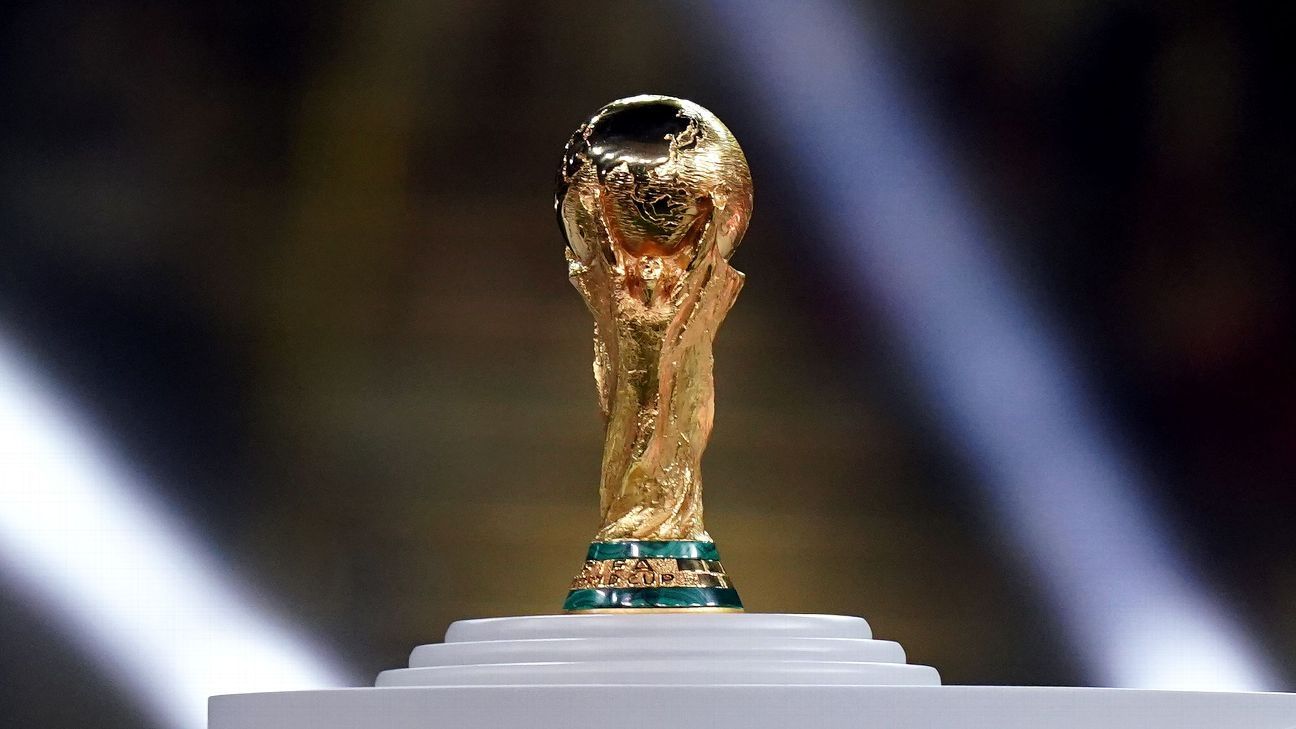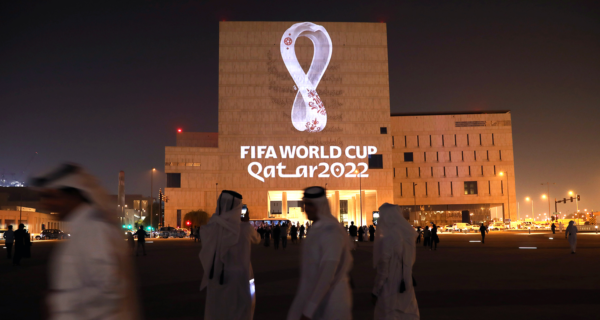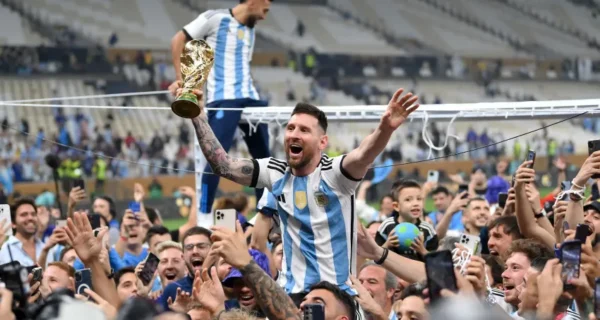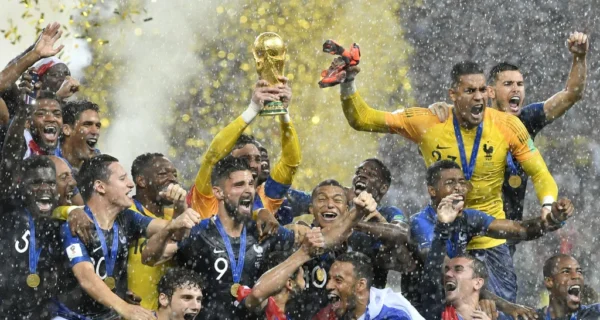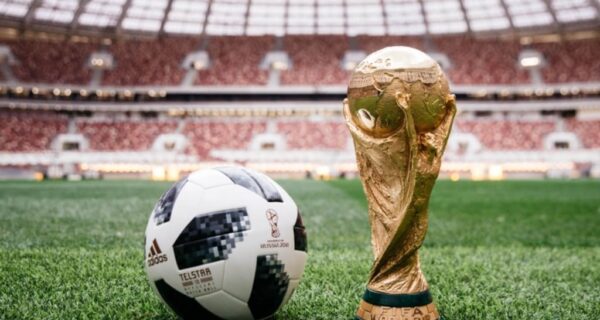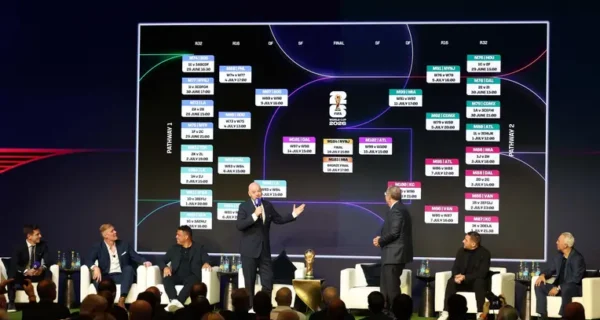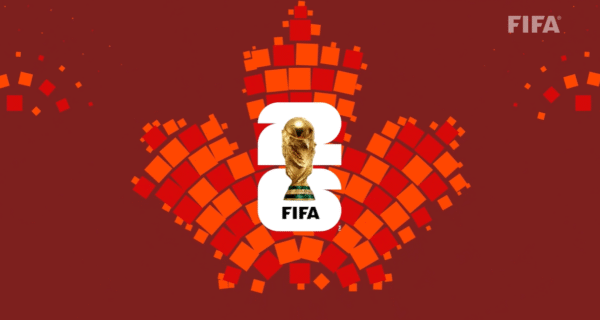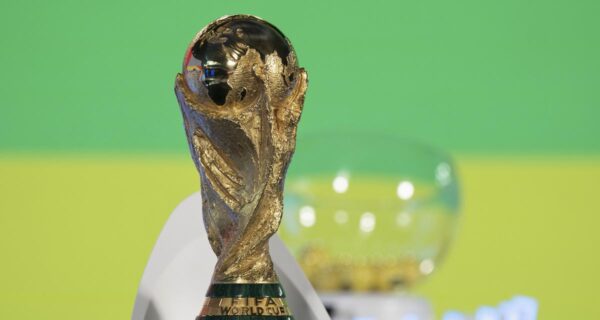The FIFA World Cup represents the pinnacle of international soccer competition, bringing together nations from across the globe in an exhilarating tournament held every four years.
Before any matches kick off, one of the most exciting and crucial events takes place: the World Cup draw. This ceremony determines which teams will face each other in the group stage, setting the stage for the tournament’s early drama.
For fans and teams alike, understanding how these groups are formed offers valuable insight into the tournament’s structure and potential competitive landscapes.
In this comprehensive guide, we’ll break down the entire process of how FIFA determines World Cup groups – from qualification pathways and team seeding to the actual draw procedure and tiebreaker rules.
You’ll discover the methods behind group formation, learn about recent changes for the 2026 tournament, and gain expert knowledge on regional qualification processes.
The FIFA World Cup Qualification Process
The journey to the World Cup begins long before the tournament itself, with qualification campaigns stretching across the globe. Each of FIFA’s six continental confederations organizes its own qualification tournament to determine which nations earn spots at the World Cup finals.
Allocation of Qualification Spots
FIFA allocates World Cup berths to each confederation based on competitive strength and regional representation. This allocation has evolved throughout tournament history, adjusting to reflect shifting competitive balances and the tournament’s expansion.
For the traditional 32-team format, spots were typically distributed as follows:
- UEFA (Europe): 13 spots
- CAF (Africa): 5 spots
- AFC (Asia): 4-5 spots
- CONMEBOL (South America): 4-5 spots
- CONCACAF (North America): 3-4 spots
- OFC (Oceania): 0-1 spots
The host nation automatically qualifies, which reduces the available spots through competition. However, this allocation system has undergone significant changes for the expanded 2026 World Cup.
The 2026 Expansion: More Teams, More Spots
The 2026 FIFA World Cup, hosted jointly by Canada, Mexico, and the United States, will feature 48 teams instead of the traditional 32. This expansion has led to a redistribution of qualification spots:
- UEFA (Europe): 16 spots
- CAF (Africa): 9 automatic spots plus 1 playoff spot
- AFC (Asia): At least 8 spots
- CONMEBOL (South America): At least 6 spots
- CONCACAF (North America): 3 hosts plus additional qualifying spots
- OFC (Oceania): At least 1 spot
This expanded format aims to increase global representation and give more nations the opportunity to compete on the world stage.
Seeding Teams for the World Cup Draw
Once all qualified teams are known, FIFA prepares for the group draw by organizing teams into “pots” based on their competitive strength. This seeding system aims to create balanced groups and prevent too many top teams from facing each other in the early stages.
The FIFA Ranking System and Its Role
The primary tool for determining team strength is the FIFA Men’s World Ranking, which assigns points to teams based on their results in international matches. The ranking considers:
- Match outcomes (win, draw, or loss).
- Match importance (friendly, qualifying match, continental tournament, or World Cup)
- Opponent strength
- Regional strength
These rankings play a crucial role in determining which pot a team is placed in for the draw.
Creating the Draw Pots
Traditionally, the World Cup draw features four pots, each containing eight teams for a 32-team tournament. For the 2022 World Cup in Qatar, teams were distributed as follows:
- Pot 1: The host nation (Qatar) and the seven highest-ranked qualified teams.
- Pot 2: The next eight highest-ranked qualified teams.
- Pot 3: The next eight highest-ranked qualified teams.
- Pot 4: The remaining eight qualified teams.
For the UEFA qualification draw for the 2026 World Cup, teams were distributed across five pots, with a slightly different methodology:
Pot 1 contained the UEFA Nations League quarter-finalists (Croatia, Denmark, France, Germany, Italy, Netherlands, Portugal, and Spain) plus the four best-ranked UEFA nations (England, Belgium, Switzerland, and Austria).
The remaining teams were allocated to Pots 2 through 5 according to the FIFA World Ranking.
The World Cup Group Draw Procedure
The actual draw ceremony is a high-profile event where groups are determined through a transparent, albeit sometimes complex, procedure.
The Step-by-Step Drawing Process
The drawing process typically follows this sequence:
- Teams from Pot 1 are drawn first and allocated to position 1 in each group (A1, B1, C1, etc.).
- The host nation is automatically placed in position A1.
- Teams from Pot 2 are then drawn and allocated to positions in each group.
- This continues with Pots 3 and 4 until all teams are assigned to groups.
For the UEFA Preliminary Draw for the 2026 FIFA World Cup, “the draw begins with Pot 1 and continues with Pot 2 through to Pot 5. Each pot must be completely emptied before moving on to the next pot.”
Draw Constraints and Geographic Separation
FIFA imposes several constraints during the draw to ensure competitive balance and geographic diversity:
- Teams from the same confederation are generally kept apart, except for UEFA (Europe).
- Due to the high number of European qualifiers, each group may have a maximum of two European teams.
- Teams from other confederations must be separated (e.g., no two South American teams in the same group).
These geographic separation rules help create diverse groups and prevent regional mini-tournaments within the World Cup.
For the 2022 World Cup draw, FIFA’s general principle was to have only one team from each qualification zone in a single group. This meant Brazil could not be paired with Ecuador, for example. However, this principle did not apply to UEFA teams.
Tiebreaker Rules in World Cup Group Stages
After groups are set and matches are played, teams need to be ranked within their groups to determine who advances to the knockout stage. When teams finish with equal points, FIFA applies a series of tiebreakers.
The Point System
The foundation of group rankings is the point system:
- 3 points for a win
- 1 point for a draw
- 0 points for a loss
Comprehensive Tiebreaker Criteria
According to official rules, if teams are level on points, the following tiebreakers are applied in order:
- Greatest goal difference in all group matches.
- Most goals scored in all group matches.
- Points earned in group games between the tied teams.
- Goal difference in group games between the tied teams.
- Goals scored in group games between the tied teams.
- Fair play points (based on yellow and red cards).
- Drawing of lots (as a last resort).
The fair play system assigns penalty points as follows:
- 1 point for a yellow card.
- 3 points for a second yellow card/indirect red card.
- 4 points for a direct red card.
- 5 points for a yellow card and direct red card.
The team with fewer penalty points ranks higher. Drawing lots—essentially a random selection—is the final tiebreaker if all other criteria fail to separate teams, though this has rarely been needed in World Cup history.
An interesting historical example occurred in 1990 when Ireland was drawn ahead of the Netherlands to determine second place in Group F, as noted by Sports Illustrated.
The 2026 World Cup: A New Format
The 2026 FIFA World Cup marks a significant expansion of the tournament to 48 teams, hosted jointly by Canada, Mexico, and the United States. This expansion has necessitated changes to both the qualification process and the tournament format.
UEFA’s New Qualification Format
For European qualification to the 2026 World Cup, UEFA has implemented a new format:
- Teams are drawn into twelve groups of four or five teams.
- Teams play home-and-away round-robin matches from March to November 2025.
- The twelve group winners qualify directly for the World Cup.
- The runners-up participate in play-offs for the remaining four spots.
According to UEFA, a total of 16 European nations will qualify for the 2026 World Cup finals.
Play-Off System
The UEFA play-offs for the 2026 World Cup will involve:
- The 12 group runners-up.
- 4 best Nations League group winners (who didn’t finish in the top two of their qualifying group).
- Teams drawn into four play-off paths.
- Single-match play-offs (semi-finals followed by finals).
- The four path winners qualifying for the World Cup.
Regional Qualification Pathways
Each confederation designs its own qualification process, tailored to its member associations and allocated World Cup spots.
UEFA (Europe)
The European qualification for the 2026 World Cup features 12 groups drawn in December 2024:
- Group A: Germany, Slovakia, Northern Ireland, Luxembourg
- Group B: Switzerland, Sweden, Slovenia, Kosovo
- Group C: Denmark, Greece, Scotland, Belarus
- Group D: France, Ukraine, Iceland, Azerbaijan
- Group E: Spain, Türkiye, Georgia, Bulgaria
- Group F: Portugal, Hungary, Republic of Ireland, Armenia
- Group G: Netherlands, Poland, Finland, Lithuania, Malta
- Group H: Austria, Romania, Bosnia and Herzegovina, Cyprus, San Marino
- Group I: Italy, Norway, Israel, Estonia, Moldova
- Group J: Belgium, Wales, North Macedonia, Kazakhstan, Liechtenstein
- Group K: England, Serbia, Albania, Latvia, Andorra
- Group L: Croatia, Czechia, Montenegro, Faroe Islands, Gibraltar
The 12 group winners qualify directly, with the remaining four spots determined through play-offs involving the 12 runners-up and four Nations League teams.
CAF (Africa)
Africa’s qualification for the 2026 World Cup features:
- 54 FIFA-affiliated nations participating.
- Teams organized in nine groups.
- The nine group winners qualifying automatically.
This qualification began in November 2023 and will continue through October 2025.
ESPN reports that Africa will receive 9 automatic qualification spots plus 1 playoff spot for the 2026 tournament.
AFC (Asia)
Asian qualification for the 2026 World Cup progresses through multiple rounds:
- Round 3 features 18 nations in three groups of six teams.
- The top two teams from each group qualify directly (6 teams).
- Japan became the first team to qualify for the 2026 World Cup on March 20, 2025, with Iran following on March 25.
- Teams finishing third and fourth move to Round 4.
- Round 4 involves two groups of three teams playing at neutral venues.
CONCACAF (North America)
For North American teams, the 2026 qualification process is unique:
- Canada, Mexico, and the United States automatically qualify as hosts.
- Remaining teams compete through a multi-round qualification process.
- Round 3 features 12 teams in three groups of four.
- Group winners qualify directly, with the two best runners-up advancing to intercontinental playoffs.
CONMEBOL (South America)
South American qualification typically involves:
- A single round-robin group where all ten member nations play each other home and away.
- Top teams qualify directly.
- Additional teams may qualify through inter-confederation playoffs.
OFC (Oceania)
Oceania’s qualification for 2026 marks a historic change, as the confederation will receive at least one direct qualification spot, improving access for teams from this region.
FAQs
1. How are teams seeded for the World Cup draw?
Teams are seeded primarily using the FIFA World Ranking, with the host nation and highest-ranked teams placed in Pot 1. The remaining qualified teams are distributed across other pots according to their rankings, creating a balanced draw system that prevents too many top teams from meeting early.
2. Can two teams from the same continent be in the same World Cup group?
Generally, teams from the same confederation are kept apart, with the exception of UEFA (Europe). Due to the high number of European qualifiers, up to two UEFA teams can be placed in the same group, but teams from other confederations must be separated completely.
3. How many teams qualify from each World Cup group to the knockout stage?
In the traditional 32-team format, the top two teams from each of the eight groups advance to the round of 16. The 2026 World Cup’s 48-team format will introduce changes to this structure, potentially affecting how teams progress from groups.
4. What happens if teams are tied on points in a World Cup group?
Teams tied on points are separated by goal difference first, then goals scored, followed by head-to-head results, fair play points based on disciplinary records, and finally drawing of lots if all other criteria fail to separate the teams.
5. How does the fair play system work in World Cup tiebreakers?
The fair play system assigns penalty points: 1 point for a yellow card, 3 points for a second yellow card, 4 points for a direct red card, and 5 points for a yellow card plus direct red. The team with fewer penalty points ranks higher in tiebreaking situations.
6. Has drawing of lots ever been used to decide World Cup group rankings?
Yes, drawing of lots has been used in World Cup history. A notable instance occurred in 1990 when Ireland was drawn ahead of the Netherlands to determine second place in Group F, though both teams still advanced to the knockout stage.
7. How many European teams qualify for the 2026 World Cup?
UEFA (Europe) has been allocated 16 qualification spots for the 2026 World Cup. The 12 group winners qualify directly, and the remaining four spots are determined through playoffs involving the 12 runners-up and four Nations League teams.
8. How does the World Cup expansion to 48 teams affect qualification?
The 2026 World Cup expansion to 48 teams increases qualification spots across all confederations. This means more nations from every region have opportunities to qualify, with Europe getting 16 spots, Africa 9+1, Asia at least 8, and other confederations seeing similar increases.
9. Do host nations automatically qualify for the World Cup?
Yes, host nations receive automatic qualification to the World Cup. For the 2026 tournament, all three hosts—Canada, Mexico, and the United States—automatically qualify without needing to participate in the qualification process.
10. How are playoff matchups determined for World Cup qualification?
Playoff formats vary by confederation. For UEFA’s 2026 qualification, the 12 group runners-up plus four Nations League teams will be drawn into four paths, each featuring single-leg semifinals and finals to determine the four playoff winners who advance to the World Cup.

